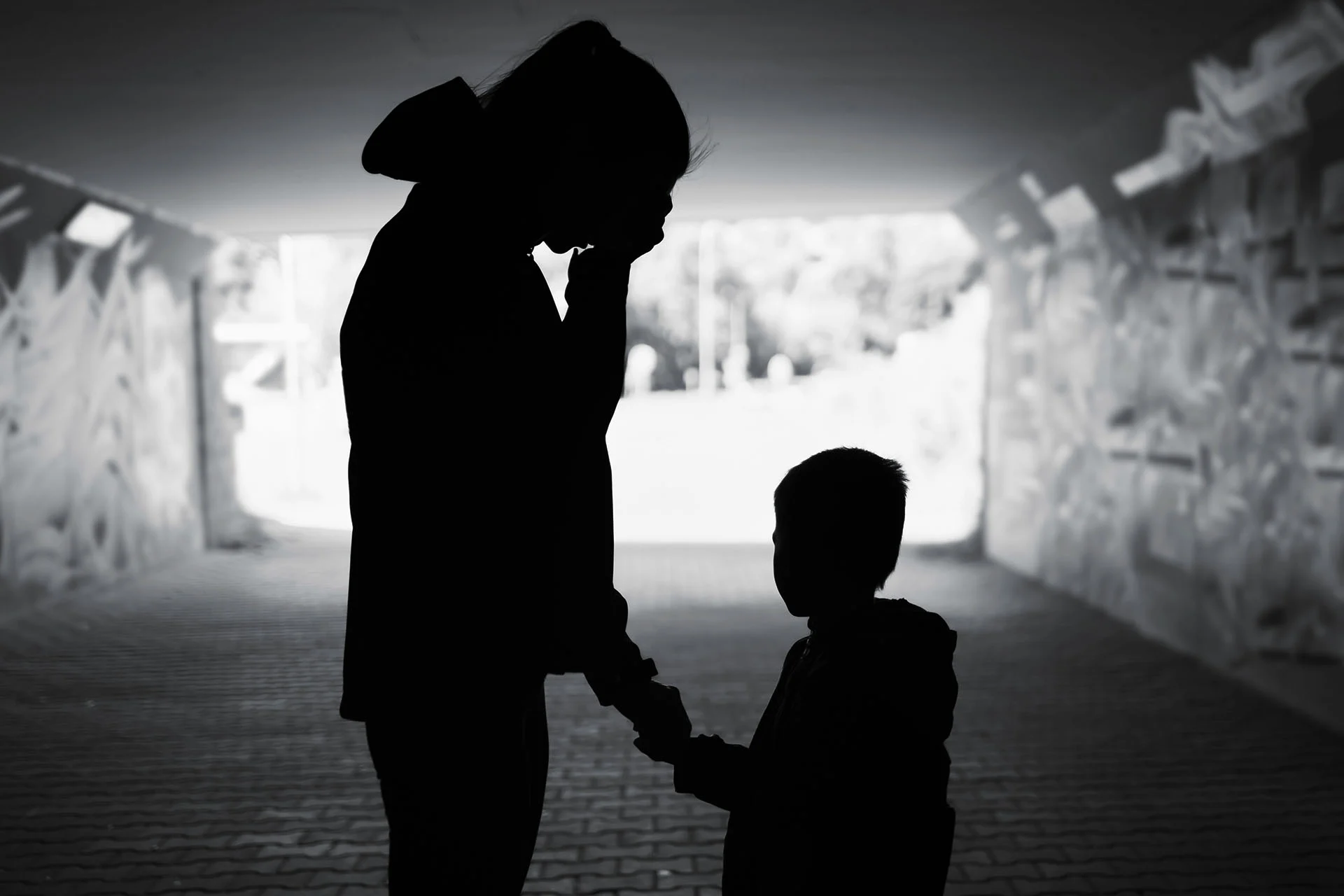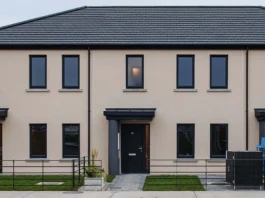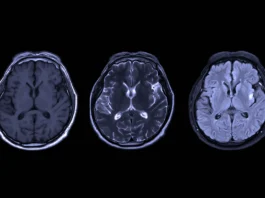Imagine stepping off a bus at dawn, cradling your child while the city starts to bustle around you. There’s no place to return to at night—no door to lock behind you, no safe space to rest. You watch people commute to work, sipping coffee and hurrying along, while your entire world is defined by the immediate question: Where will I sleep tonight? For tens of thousands of residents in Los Angeles County, this is the daily, destabilizing reality of homelessness.
As of 2023, at least 75,000 people are unhoused in L.A. County, according to the Los Angeles Homeless Services Authority (LAHSA). But the true figure is likely higher. Soaring rents and a limited housing supply—combined with systemic inequities—have created a crisis that conventional strategies simply can’t solve on their own. Yet, in the midst of this immense challenge, L.A. County is turning to a powerful ally: predictive artificial intelligence.

A System in Crisis
For every available slot in permanent supportive housing, four more people join the queue without a place to call home. “We see more people each day than we have houses to offer,” says Debra Jackson, a housing matcher at the nonprofit St. Joseph Center. This shortage has forced local agencies to ask an agonizing question: Who should get help first?
Traditionally, many counties used a “first come, first served” or a random lottery approach, which rarely targets people with the greatest needs. Later, a standardized survey called the VI-SPDAT sought to rank each individual’s vulnerability by assigning them a score out of 17. Higher scores meant higher priority for permanent supportive housing—units paired with on-site services like mental health care, substance use support, or job training.
But the California Policy Lab (CPL) at UCLA uncovered a deeper problem: the existing system was both inadequate and unfair, sometimes undervaluing the needs of certain racial groups who were clearly at high risk. “This report offers a clear view of the model’s effectiveness and shows that, when used carefully, predictive analytics can be instrumental in preventing individuals and families from experiencing homelessness,” says Janey Rountree, Executive Director of CPL at UCLA.
From Flawed Surveys to Targeted Support
Where the Old Approach Fell Short
Researchers found that relying on self-reported surveys often led to inaccurate or incomplete snapshots of a person’s real vulnerability. Eric Rice, a social work professor at the University of Southern California, discovered that many unhoused clients—particularly Black and Latino individuals—were reluctant to share personal details with a stranger. Some feared repercussions or didn’t realize how the information might help them secure housing.
“It’s worded in a way that can come across accusatory,” Debra Jackson explains. “Particularly Black people, who encounter law enforcement a lot more … have this fear of the judicial system not working on their behalf.”
Studies showed that Black clients were 6% more likely than White clients to be labeled “less vulnerable” by the old survey’s scoring, even when real-world data (e.g., jail records, emergency room visits, or time spent unhoused) showed otherwise. Latino clients were 3% more likely to be underrated. On top of that, the original VI-SPDAT included many intrusive questions, from sexual violence histories to mental health struggles, which sometimes deterred honest answers.
The Leap Toward Predictive Analytics
To address these blind spots, UCLA’s California Policy Lab, in collaboration with L.A. County’s Department of Health Services and the Los Angeles County Chief Information Office, turned to predictive AI—specifically, a type of ordinary least squares (OLS) regression. This new model doesn’t just rely on self-reported surveys. Instead, it cross-references multiple data sources, such as:
Hospital admissions and ER visits
Mental health records
Criminal justice interactions
Housing authority data
Death records
By analyzing five years of past data, the model identifies which factors truly correlate with adverse outcomes like continued homelessness, incarceration, or death. Then it prioritizes those factors in the triage process.
“What you want to make sure is that any errors don’t systematically discriminate against certain groups,” notes Brian Blackwell, a senior data scientist at CPL. In other words, if the algorithm’s forecast is off, it shouldn’t consistently be off in ways that harm people of color or other vulnerable populations.

How OLS Regression Works
A Simplified Explanation
In Ordinary Least Squares (OLS) regression, we find the best-fit line by minimizing the sum of squared residuals (SSR)—the squared differences between actual values and predicted values. Imagine you have a collection of points on a simple X-Y graph: each point represents something you measured (for example, a person’s height on the X-axis and weight on the Y-axis). Ordinary Least Squares (OLS) is a method for drawing a single straight line that best fits all those points.
- A Straight Line That “Fits” the Points
- We want a line that goes through the cloud of points in such a way that the line’s predictions (the Y-values you’d get from the line) are as close as possible to the actual points.
- Measuring “Closeness”
- For each point, we look at how far it sits above or below the line.
- We square those distances (so that a point that is much farther away matters more).
- Then we add up all those squared distances for every point.
- Finding the “Best” Line
- OLS works by choosing the line that makes the total of all those squared distances as small as possible.
- The “ordinary” in Ordinary Least Squares just means it’s the standard version of this idea.
- “Least squares” is the technical way of saying “pick the line with the smallest sum of squared distances.”
- Why It’s Useful
- Once you have that best-fit line, you can use it to predict new values. For example, if you put in a certain height (X), the line will estimate a weight (Y).
- You can trust that you’re getting the “best guess” possible from a straight-line relationship because OLS uses a mathematical rule that finds the minimum overall error.
In short, OLS is like carefully positioning a ruler among your data points on a scatter plot so that, on average, it stays as close as possible to all points at once.
Building a Better “Front Door”
Shortening the Survey
One tangible outcome is that the new triage process can drop extraneous, potentially retraumatizing questions. For instance, the old VI-SPDAT might ask, “Do you have planned activities that make you feel happy?”—which turned out not to correlate strongly with the risk of chronic homelessness or serious health complications. Now the updated questionnaire zeroes in on the questions that do matter.
Addressing Racial Bias
To reduce the risk that AI itself deepens disparities, the CPL team integrated fairness checks. They systematically tested whether the model’s “false negative” or “false positive” rates diverged for racial groups. After adjusting the model, they found the new approach “performs consistently across race, ethnicity, and gender,” with a particular strength in identifying Black individuals at risk due to systemic inequities.
Preliminary Success
In a pilot program called the Homelessness Prevention Unit (HPU) launched in 2021, 456 participants identified by the new model were offered tailored services—ranging from cash assistance (averaging $6,000 per client) to help with transportation, laptops, or even vital mental health or substance use treatments. Of those, 86% reported living in permanent housing upon discharge. That means the model’s early predictions led to effective interventions for hundreds of individuals who otherwise might have slipped through the cracks.
“By investing in the right proactive interventions, we’re not only preventing homelessness but also addressing mental health and economic stability—all of which ultimately save costs and lives.”
—Dana Vanderford, Associate Director of Homelessness Prevention for L.A. County’s Department of Health Services

Real People, Real Impact
Reba’s Story
Reba Stevens became homeless as a teenager after being kicked out of her living situation. She spent 21 years in a cycle of eviction, emergency shelters, and even jail before finally receiving a housing voucher that changed her life. Now in her 60s, she’s an advocate. Stevens says the old system made it painfully clear how precariously one had to “score high” on vulnerability just to be noticed: “You gotta be broke down and shattered for me to help you.”
Stevens joined a community advisory board that shaped L.A.’s new approach. Although she’s skeptical about AI solving it all, she acknowledges that an overhauled triage process—rooted in fairness—is a step forward. “We can’t say, ‘Housing is a human right,’ and then say, ‘Oh, but you gotta score a 15.’”
Debra Jackson’s Perspective
Debra Jackson, a frontline case worker, saw the old survey fail clients repeatedly. She’s convinced that the new approach—and a shorter, more relevant questionnaire—will “make or break an unhoused person’s fate.” She recalls a client who once scored a “6” out of 17, only to disclose additional information later, raising his vulnerability to “16”—opening up immediate housing opportunities in Brentwood.
“If it rolls out the way that we hope, it’ll be a huge leap in the right direction,” she says. “The goal is to move someone from unhoused to housed with the least amount of trauma.”
What Comes Next?
Expanding Beyond L.A.
Although the model is tailored to L.A.’s complex data systems, rural counties in Missouri and other regions are already replicating the concept: using machine learning to find who’s truly at highest risk, then offering an early lifeline.
Max Stevens, Chief Analytics Officer at the L.A. County Chief Information Office, calls the approach “a marriage of administrative data and advanced analytics,” allowing them to be “proactive in extending support” rather than waiting for individuals to self-identify. CPLPressRelease,2024CPL
Still a Housing Shortage
Even the best triage system can’t mask the fact that Los Angeles—and the entire nation—still faces an acute housing shortage. “Without building more housing, it’s a zero-sum game,” says Stevens. HUD estimates the U.S. is short by about 4 million housing units. In California alone, the shortfall is around 840,000. Any list or score is a tragic balancing act: who gets a shot at a stable home, and who continues waiting.
Stevens highlights this tension: “We can’t … say it’s all going to be solved with a tool. We can’t [ignore that] people are sleeping on sidewalks.”
The Promise of Early Intervention
Still, the Homelessness Prevention Unit pilot shows the difference early intervention can make. If an OLS-based risk model spots a spike in someone’s jail bookings or mental health crises, the system can alert case managers to reach out—offering help before the person falls deeper into crisis. That’s a major pivot from the old approach, which basically helped people only after they were in dire straits.
“If we can identify people at the highest risk of homelessness and intervene early, we have a real opportunity to prevent them from experiencing the trauma of losing their home,” says Dana Vanderford.

Where Do We Go From Here?
- Learn and Advocate
- Educate yourself and others on how predictive models like OLS regression can reduce bias. Read the California Policy Lab reports for deeper insight.
- Support Housing Initiatives
- Donate or volunteer with local organizations (e.g., St. Joseph Center, LA Family Housing, PATH). Engage with local officials to push for affordable housing projects.
- Amplify Community Voices
- Ensure that people who have experienced homelessness—like Stevens and Jackson—are at the table shaping policy. Their lived experience can keep data-driven tools grounded in reality.
- Demand Accountability
- Urge your representatives to invest not just in AI tools but in actual housing expansions. Triage alone is a band-aid; the real cure is adding more units to the market.
- Stay Informed and Engaged
- Follow organizations like LAHSA and CPL at UCLA to track how the new model unfolds. Attend community meetings or city council sessions on homelessness.
As Stevens puts it: “I’ve been out here advocating for homeless populations … and I really felt like my voice is being heard.” For the first time, there’s a glimmer of hope that technology—implemented ethically and guided by those who’ve lived the struggle—can do more than just shuffle names on a waitlist. It can empower frontline workers to spot vulnerability earlier and respond with compassion.
Ultimately, the story of homelessness in Los Angeles isn’t just about data or algorithms. It’s about real people, who deserve stability, dignity, and belonging. And while an OLS-based model can’t conjure new homes out of thin air, it can help ensure the most vulnerable get a fairer shot at the housing that does exist—one data point at a time.





LA needs work